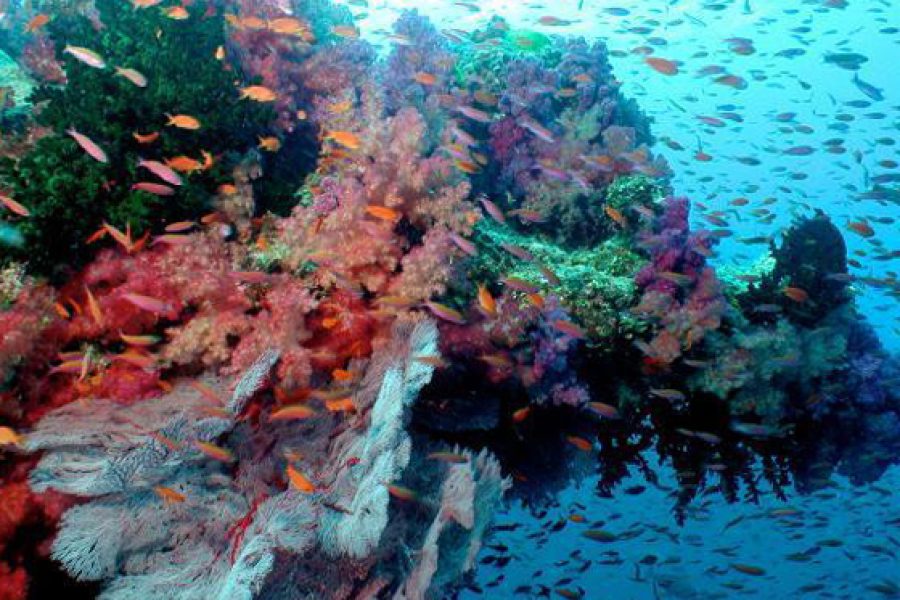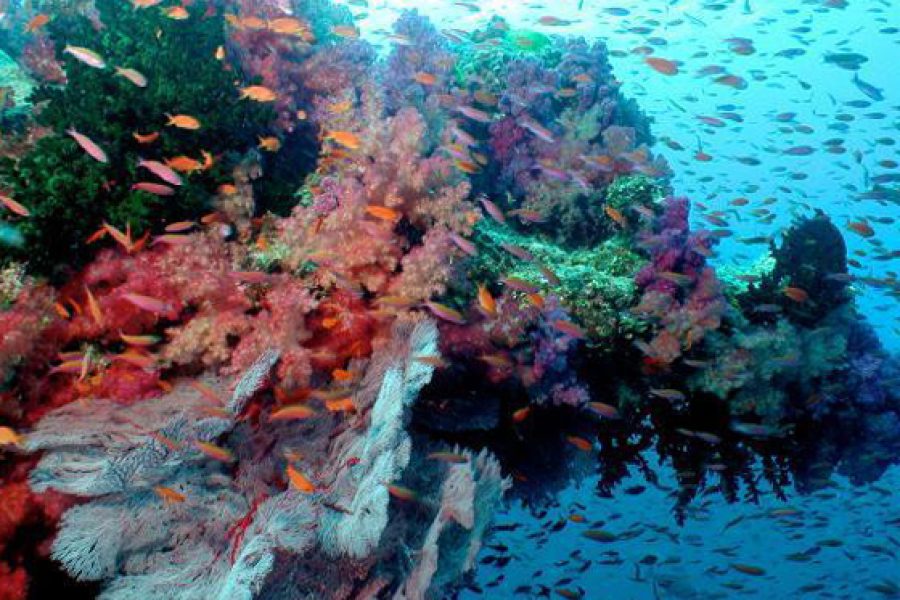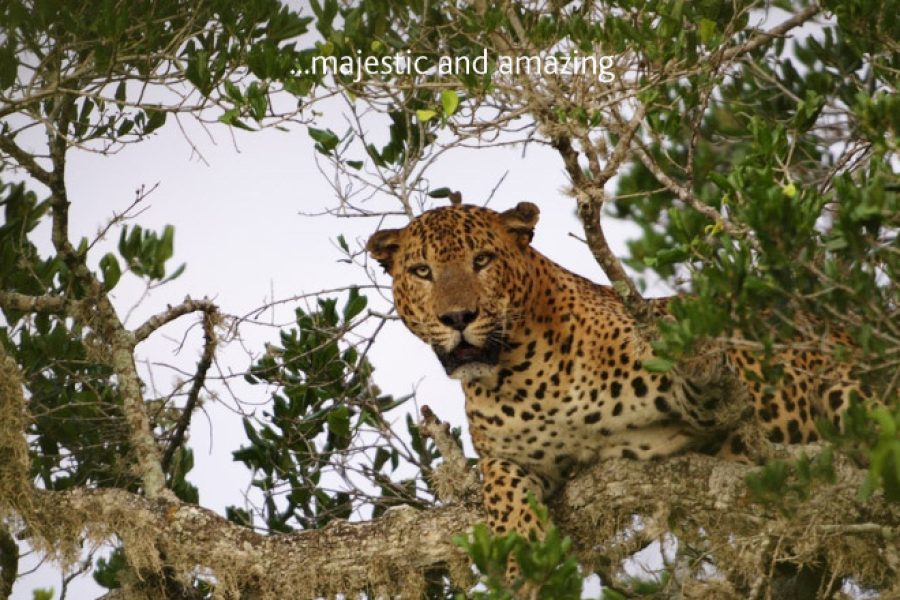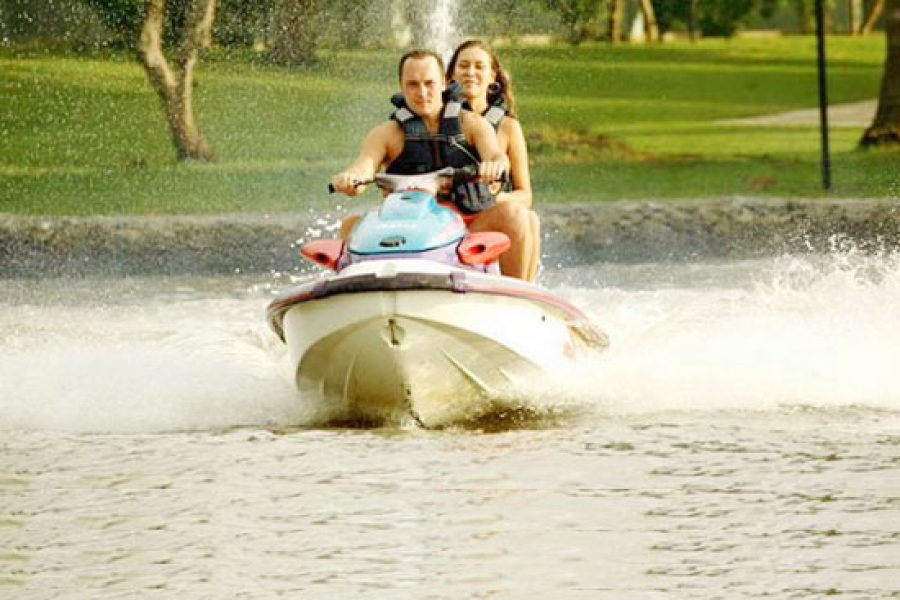Pinnawala is a charming village in Sri Lanka’s Kegalle District, best known for its Pinnawala Elephant Orphanage, a sanctuary for rescued Asian elephants halfway between Colombo and Kandy
🐘 Pinnawala Elephant Orphanage: Key Highlights
📜 History & Background
-
Established in 1975 by the Department of Wildlife Conservation on a 25-acre coconut plantation beside the Maha Oya River
-
Originally housed orphaned calves, and since 1982 has run a successful captive breeding program—over 70 elephants currently, including calves from rescued orphans and captive births.
🐾 Daily Routine & Visitor Experience
-
Elephants wander freely by day; at set times they walk to the river for their daily baths—10 AM & 2 PM—creating a spectacular sight
-
Feedings happen 3 times daily at around 9:15 AM, 1:15 PM, and 5:00 PM—calves are bottle-fed (some only for tourism), while adults receive large quantities of vegetation plus rice bran and maize in stalls
👨⚕️ Conservation & Welfare
-
The orphanage doubles as a rescue center, nursing injured or abandoned elephants—some disabled individuals, like a blind tusker and a landmine survivor missing a leg, live there permanently
-
While impressive, certain welfare concerns have been raised: elephants, particularly males in musth, are sometimes chained; traditional training tools like the ‘ankus’ are used; the site is run partly as a tourist attraction, not purely a sanctuary
📍 Visiting Information
-
Open daily from ~8:30 AM to 5:30 PM
-
Location: ~13 km from Kegalle, easily reached by road or train (Rambukkana station ~2 km away)
-
Entry fee (foreign adult): about US $15–16/$2500 LKR; children half-price .
🌐 Pinnawala Village & Zoo
-
The nearby Pinnawala Open Zoo (est. 2015) offers enclosures for native species—leopards, bears, birds, etc.—adding to the wildlife visit appeal .
-
A quaint “old village” area showcases traditional Sri Lankan rural life, crafts, and architecture .
Should You Visit?
Tips for a Great Visit
-
Attend bathing at 10 AM or 2 PM for best viewing, and feeding at 9:15 AM to see calves on milk.
-
Bring sun protection, water, and wear comfortable clothes/water-resistant footwear.
-
Keep a respectful distance and avoid riding or handling—photo opportunities abound without interfering with the animals.





Leave a review